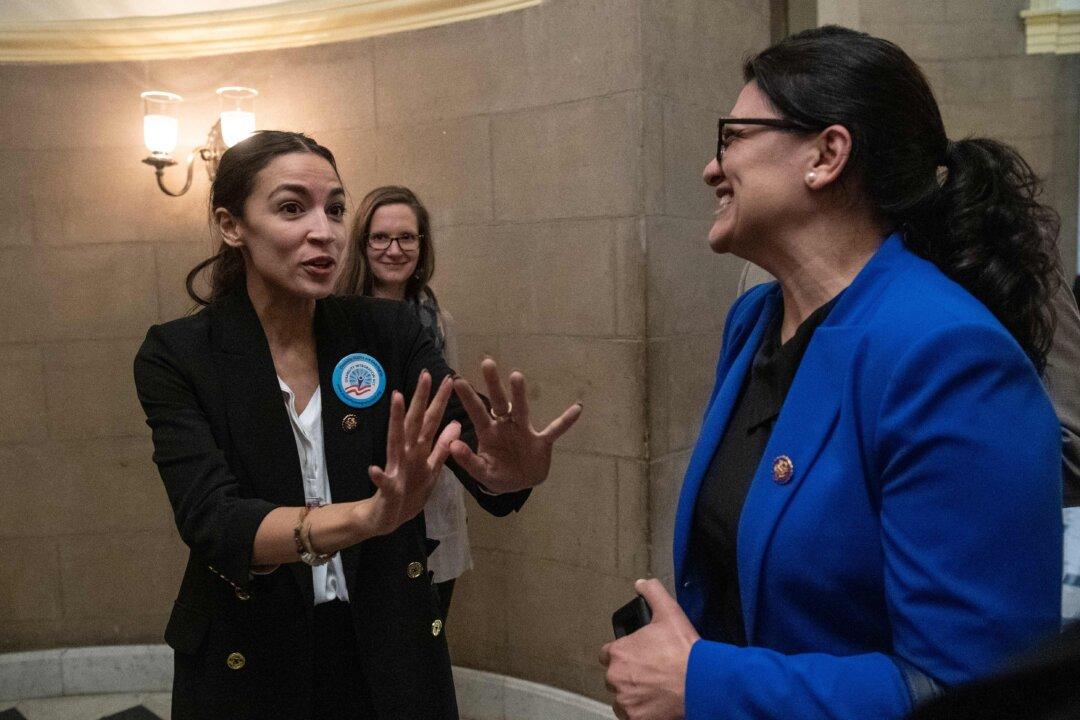Commentary
Part I of this series about America’s “Ministry of Truth” covered the media narratives of Soviet Russia, George Orwell’s “Nineteen Eighty-Four,” and that of the United States—a narrative fueled by a devastating comment made by New York Gov. Andrew Cuomo, who declared that “America was never that great.”





